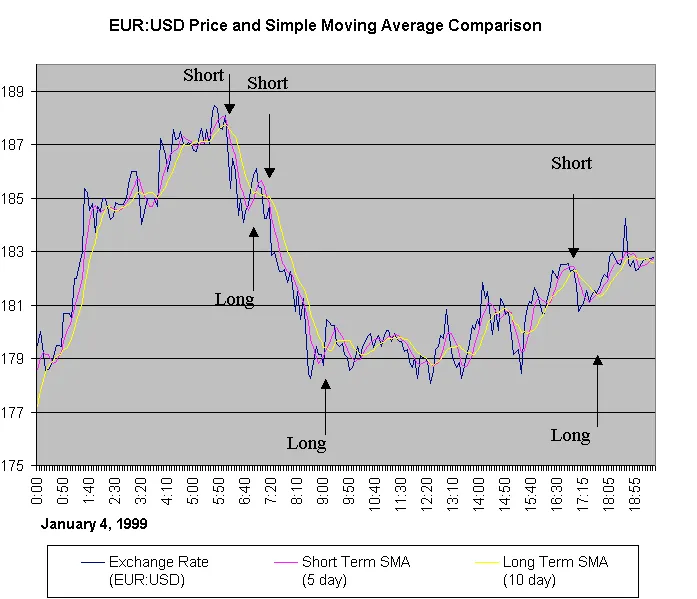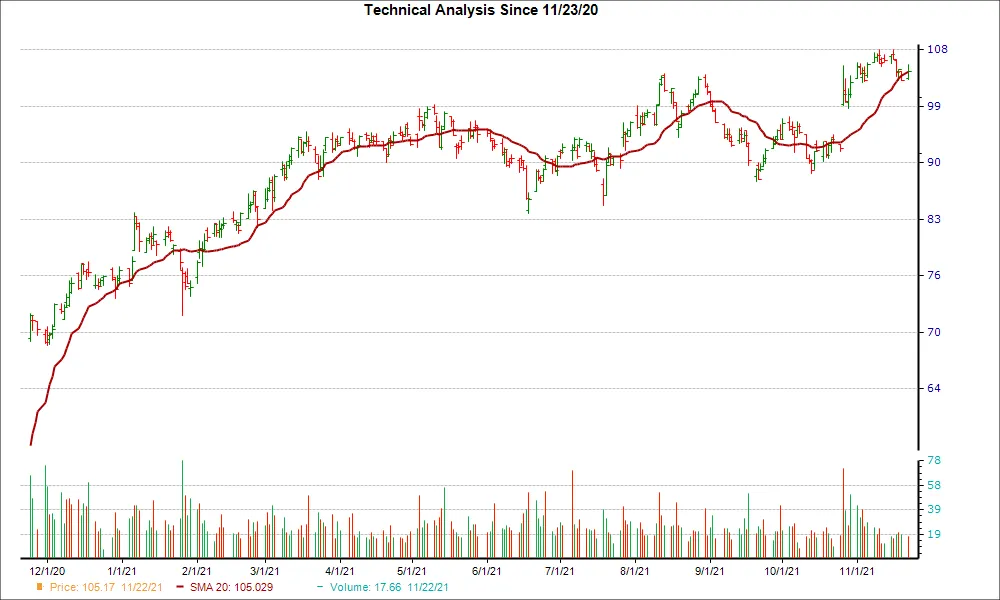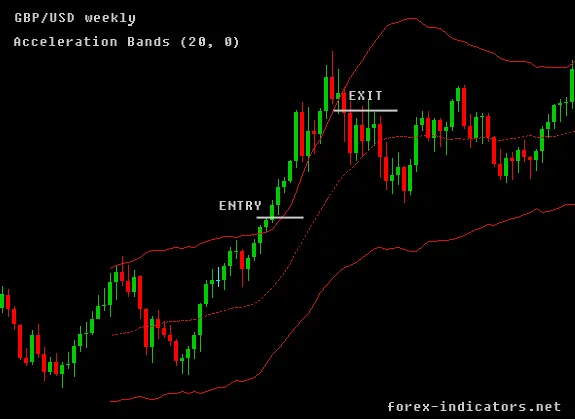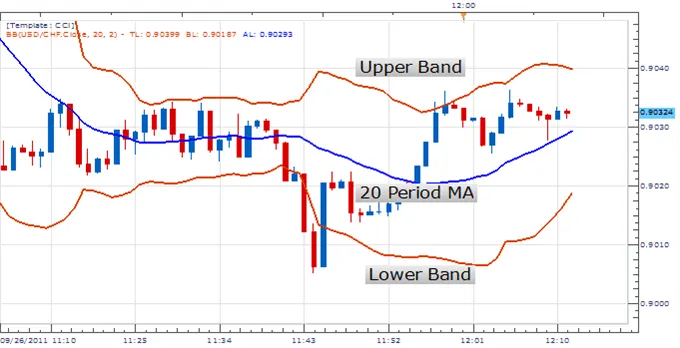Directional Movement Index (DMI) Study
By Samantha Baltodano
TL;DR:
The Directional Movement Index indicates trend direction and strength by comparing prior highs (+DI) and prior lows (-DI) over a period of time. Trades signals occur at points of crossover between the two lines.
What Is the Directional Movement Index?
The Directional Movement Index (DMI) identifies which direction the price of a security is moving. It does this by comparing prior highs and lows and drawing two lines: a positive directional movement line (+DI) and a negative directional movement line (-DI). An optional third line called the average directional index (ADX) can also be used to gauge the strength of the uptrend.
When the +DI line is above the -DI line, there is an upward trend in price. Similarly, if the -DI line is above the +DI line, then there is a downward trend in price.
This technical indicator allows investors to assess the trend direction and strength.
Buy and Sell Signals
The crossovers between the +DI and -DI lines are used as trade signals.
A buy signal is given when +DI crosses above -DI.
A sell signal is given when -DI crosses above +DI.
The ADX line is then used to measure the strength of these signals (optional).
Calculations
- Calculate +DM, -DM, and the true range (TR) for each period. Typically 14 periods are used.
- +DM is the current high - previous high.
- -DM is the previous low - current low.
- Use +DM when the current high - previous high is greater than the previous low - current low. Use -DM when the previous low - current low is greater than the current high - previous high.
- The true range (TR) is the greater of the current high - current low, the current high - previous close, or the current low - previous close.
- Smooth (Wilder’s Average) the 14-period averages of +DM, -DM, and the TR. Below is the formula for TR. Insert the -DM and +DM values to calculate the smoothed averages of those as well.
- First 14TR = Sum of first 14 TR readings.
- Next 14TR value = First 14TR - (Prior 14TR/14) + Current TR
- Next, divide the smoothed +DM value by the smoothed average true range (ATR) value to get +DI. Multiply by 100.
- Divide the smoothed -DM value by the smoothed TR value to get -DI. Multiply by 100.
- The optional directional index (DX) is +DI minus -DI, divided by the sum of +DI and -DI (all absolute values). Multiply by 100.
- The average directional movement index (ADX) is a smoothed average of DX, and is another indicator that can be added to the DMI. To get the ADX, continue to calculate DX values for at least 14 periods. Then, smooth the results to get ADX.
Formulas
+DI = (Smoothed + DM / Average True Range) * 100
-DI = (Smoothed - DM / Average True Range) * 100
DX = [Absolute Value(+DI - -DI) / Absolute Value(+DI + -DI)] * 100
where:
+DM(Directional Movement) = Current high - Previous high
-DM = Previous low - Current low
ATR = Average True Range
∑(i=14)DM - (∑(i=14)DM / 14) +Current DM
Summary
- The DMI is a technical indicator that measures both the strength and direction of a price movement.
- The DMI utilizes two standard indicators, one negative (-DM) and one positive (+DN), in conjunction with a third, the average directional index (ADX), which is non-directional but shows momentum.
- The larger the distance between the two primary lines, the stronger the price trend. If +DI is way above -DI the price trend is strongly up. If -DI is way above +DI then the price trend is strongly down.
- ADX measures the strength of the trend, either up or down; a reading above 25 indicates a strong trend.
Directional Movement Index is just one of many studies that Archaide automates. For a full list of strategies and studies available click here.
Like what you read? Check out the rest of our content!




